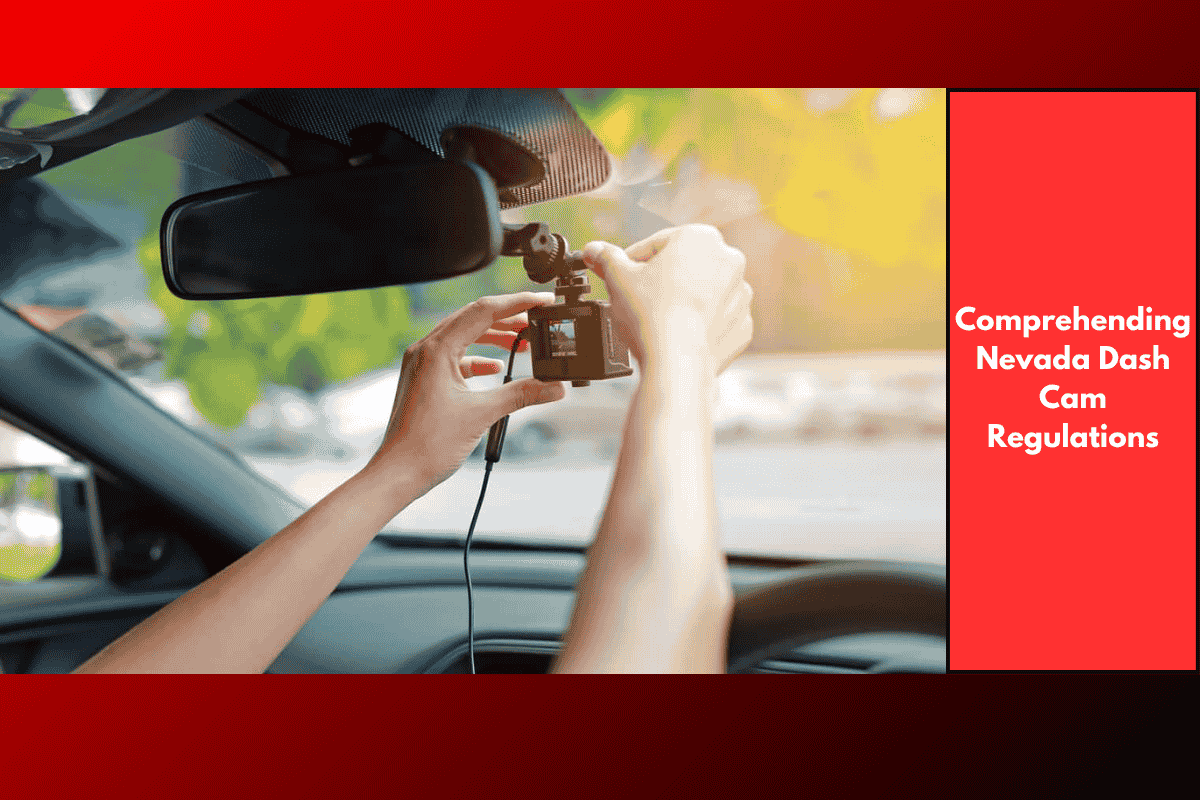Dash cams have become very popular among drivers in the U.S., including in Nevada. They help capture on-road incidents, accidents, and even provide proof in legal matters. But before installing a dash cam in your car in Nevada, it’s important to understand what the law allows and what it doesn’t. Let’s break it down in simple terms.
Are Dash Cams Legal in Nevada?
Yes, dash cams are legal in Nevada. You can use them to record video while driving. However, there are specific rules about where and how you install them inside your vehicle. The goal of the law is to make sure the dash cam does not block the driver’s view or become a safety hazard.
Where Can You Mount a Dash Cam?
Nevada law allows dash cams to be placed on the windshield, but only in certain areas. The camera must not block the driver’s line of sight. It can be mounted:
In the lower corner of the windshield on the passenger side
Or in a 7-inch square area on the lower driver’s side of the windshield
This rule helps keep the driver’s view of the road clear and safe. If the camera is placed outside these areas, you may be violating the law, and it could result in a fine.
Can You Record Audio with a Dash Cam in Nevada?
Nevada is a one-party consent state when it comes to audio recording. This means you can record audio as long as one person involved in the conversation knows about it — and that can be you. So, if you’re recording conversations inside your own car, it’s legal as long as you’re part of the conversation.
However, recording people without their knowledge when you’re not part of the conversation — such as passengers talking while you’re not present — could lead to legal trouble.
Is Dash Cam Footage Allowed in Court?
Yes, dash cam footage is often accepted as evidence in Nevada courts. It can help support your side during an insurance claim or if you’re involved in an accident. But keep in mind, the footage must be clear and legally obtained — meaning the camera must be placed properly and not break any laws while recording.
Using a Dash Cam While Driving for Work (Rideshare, Delivery, etc.)
If you drive for Uber, Lyft, or food delivery services, dash cams can be useful to record your rides. You can use them in Nevada, but it’s a good idea to let your passengers know they’re being recorded, especially for audio. Even though it’s not required by law if you are part of the conversation, informing passengers helps avoid misunderstandings and builds trust.
What You Should Avoid
Do not install dash cams that are too large or placed in the center of your windshield. Also, avoid using devices that distract you from driving, like checking or adjusting the camera while the car is in motion.
In Nevada, dash cams are legal and can be very useful for drivers. But you must follow the rules about where to place them and how to use them without distracting yourself or blocking your view. If used correctly, a dash cam can protect you during accidents, support your insurance claims, and even help in court cases. Just make sure your camera is mounted in the right spot, and if you’re recording audio, you’re following Nevada’s one-party consent rule.
SOURCES
[1] https://www.ddpai.com/blog/dash-cam-laws/
[2] https://courtroomproven.com/blog/is-it-legal-to-have-a-dashboard-camera-in-my-car/
[3] https://blackburnwirth.com/blog/vehicle-dash-cam/
[4] https://www.expertmarket.com/dash-cams/dash-cam-laws-by-state
[5] https://harrislawyers.com/dash-cam-auto-accident-case/














